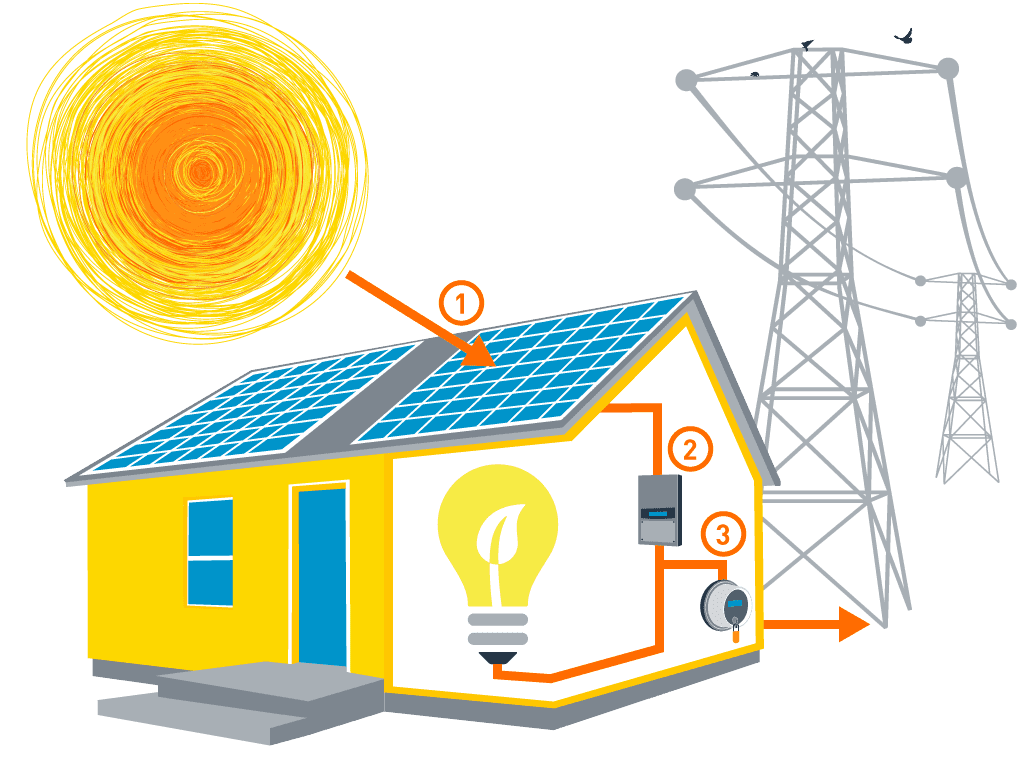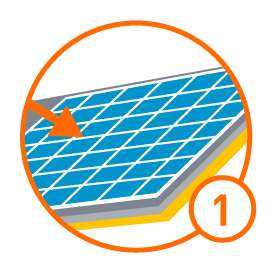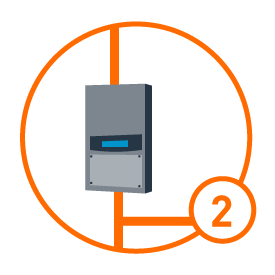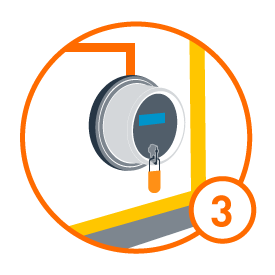Convert energy into big savings.
Learn how the science of solar leads to immediate savings for your household.
Let’s Go Solar!
(877) 237-6477
Find Out How Much You Can Save With Solar
Why solar now?
Start saving with energy credits.
Save $2,500 Annually

The science of solar
Solar Panels
Solar panels are installed on your roof or adjacent structure. These solar panels are made up of photovoltaic cells, which convert sunlight into DC power.
- Photons bombard and penetrate the cell.
- They activate electrons, knocking them loose in both silicon layers.
- Some electrons in the bottom layer sling-shot to the top of the cell.
- These electrons flow into metal contacts as electricity, moving into a circuit throughout a 60-cell module.
- Electrons flow back into the cell via a solid contact layer at the bottom, creating a closed loop or circuit.


Inverter
A solar inverter, or PV inverter, converts the variable direct current (DC) output of a photovoltaic (PV) solar panel into a utility frequency alternating current (AC) that can be fed into a commercial electrical grid or used by a local, off-grid electrical network.
It is a critical component in a photovoltaic system, allowing the use of ordinary commercial appliances. Solar inverters have special functions adapted for use with photovoltaic arrays, including maximum power point tracking and anti-islanding protection.
Utility Meter
The utility grid remains in place to supply you with electricity when you need more power than your system has produced; this can happen at night.
